
Shopify Collection Page SEO: The Definitive Guide
Contents
- Key Takeaways:
- Introduction to the Importance of Shopify Collection Page SEO
- Creating Collections Based on Product Types and Different Names/Wording Customers Use
- Organizing Products on a Shopify Website for Improved Sales Performance
- Shopify SEO Checklist for Optimizing the Online Store
- Conclusion: The Positive Impact of SEO on Business Goals and the Need for a Fast-Loading Website and High-Quality Content
- Five Facts About Shopify Collection Page SEO:
- FAQs about Shopify Collection Page Seo: The Definitive Guide
- What is a Shopify collection page?
- Why are category pages important for Shopify collection page SEO?
- What is the best starting point for optimizing a Shopify product page?
- How important is duplicate content in Shopify collection page SEO?
- What is a Google confirmed ranking factor for Shopify collection page SEO?
- What blogging tools can I use to help improve my Shopify collection page SEO?
- Other Shopify Guides
Key Takeaways:
- Collection pages are crucial for SEO potential in most Shopify stores. Collection pages have higher search volume but lower shopping intent compared to product pages.
- Creating collections for various search entry points is important for maximizing SEO potential. Collections should be created based on product types and different names/wording customers use. For example, “protein powder” could have collections for whey protein, casein protein, vegan protein, pea protein, organic, etc.
- Organizing products on a Shopify website is important for reaching online sales goals. A Shopify collection is a group of products set up by the website owner to make it easy for customers to browse and find what they need. Collections can be arranged by specific categories, such as jewelry or home decor. It is also possible to have a collection of “all products” for smaller inventories. Using Shopify collections is essential for making the website user-friendly and improving sales performance.
- SEO helps drive traffic to your store and conversion rates by making it easier for search engines like Google to find and crawl your website. Creating an SEO-friendly online store from the start can help your store rank better in the search engine results pages (SERPs) and drive more traffic to your store.
- A fast-loading website and high-quality content are key to optimizing for SEO. Technical SEO considerations such as creating a sitemap and robots.txt file, improving page speed, and using responsive design can contribute to a positive impact on business goals and website performance.
- Google processes over 3.5 billion searches per day, with search contributing up to 80% of all trackable website traffic. SEO has a positive impact on business goals, with 82% of marketers acknowledging its importance. Google Search Console and Bing Webmaster tools should be set up to monitor site traffic and track search performance. It’s possible for even a new site to rank on Google with the help of an SEO checklist.
Introduction to the Importance of Shopify Collection Page SEO
Collection pages can significantly impact the SEO potential of your Shopify store. In this section, we will explore why optimizing your collection pages is a crucial aspect of your store’s SEO strategy. We’ll delve into the impact of collection pages on SEO potential, backed by data on how consumers interact with categories and filters on an eCommerce website. So, let’s dive into why Shopify collection page SEO matters for your business success.
The Impact of Collection Pages on SEO Potential
Collection pages can have a significant impact on the SEO potential of an eCommerce website. When businesses create well-organized and structured collections based on relevant product types and customer vocabulary, they can improve their search engine rankings. Using Shopify collections with specific categories or an “All Products” option also creates a user-friendly shopping experience. To enhance website performance, it’s important to optimize technical SEO considerations such as the sitemap, robots.txt, page speed, and having a responsive design. By ensuring a website that loads quickly and has high-quality content, businesses can achieve positive SEO impacts that align with their goals.
According to a table that details the impact of collection pages on SEO potential, relevance of collections to product types and customer vocabulary leads to higher search engine rankings, while aligning collection structure for usability leads to a user-friendly shopping experience. Optimizing technical SEO considerations leads to better website performance. Therefore, businesses need to keep these factors in mind when creating and organizing their product collections.
For better SEO impact, it’s also important to optimize the title tags and headers of collection pages using specific keywords. Organizing product collections on Shopify is like creating a library for categories that people actually want to read about. So, when done correctly, the collection pages can contribute to the overall success of an eCommerce website.
Creating Collections Based on Product Types and Different Names/Wording Customers Use
When it comes to creating a successful Shopify collection page, understanding how your customers search for and refer to products is key. In this section, we’ll explore the different names and phrasings that customers use when searching for similar products, and show you how to incorporate these variations into your collection categories. To give you a clearer idea of how this works, we’ll provide some example categories for a “Protein Powder” collection.
Example Categories for “Protein Powder” Collections
Protein powder is a popular product that is frequently sold on Shopify websites. It is particularly appealing to fitness enthusiasts and athletes who require high levels of protein in their diets. Properly organizing protein powder collections with relevant titles and keywords can have a significant impact on search engine optimization (SEO), which can in turn attract more customers and boost sales.
To create an effective collection of protein powders, products should be categorized into different types or formulations. These may include whey protein isolate, casein protein, plant-based protein, and mass gainers. It’s important to conduct thorough keyword research to identify suitable titles for each category in order to appeal to customers who may use different terms to search for these types of powders.
Creating a table for each category with columns highlighting specific brands, types, or formulations of the product can contribute significantly to SEO optimization. Ensuring that the number of products under each category or subcategory column is balanced is crucial to prevent overwhelming customers with too many choices.
Using Shopify’s collection page feature is essential for organizing protein powder collections in a user-friendly manner. Collection pages provide an overview of products, which makes it easy for customers to select the product that they need. Additionally, incorporating an “all products” option allows customers to view all available items.
Optimizing a Shopify website’s SEO potential is crucial to achieving specific business goals, such as increased sales performance and customer acquisition rates. Apart from incorporating technical SEO factors such as sitemaps and page speed, and setting up tools like Google Analytics and Bing Webmaster Tools, having a fast-loading website with high-quality content remains the key.
Organizing Products on a Shopify Website for Improved Sales Performance
An organized e-commerce website can drastically improve sales performance, and product organization is key. Using collections can make your website more user-friendly and help customers find what they need quickly. In this section, we’ll explore how to arrange your collections by category or “All Products,” based on research from industry experts.
Using Shopify Collections to Make the Website User-Friendly
Shopify offers an excellent platform for online store owners to customize their store and improve its user-friendliness. Using Shopify collections is one of the best ways to make your website more user-friendly. By creating collections based on product types and different names or wording customers use, you can simplify the user experience on your online store. Arranging collections by specific categories such as size, color, brand, or price range makes it easy for shoppers to find what they are looking for quickly.
Organizing products on a Shopify website for improved sales performance can significantly impact the revenue generated from your online store. For example, by displaying “best sellers” or “staff picks” collections, you can encourage customers to buy more. To optimize the use of Shopify collections, it’s essential to understand that organizing your products into categories can help streamline and simplify navigation. You can also add custom text for each collection page to help visitors understand what kind of products they will find there and encourage them to browse further.
To make your website even more user-friendly, ensure that you have a search bar on all pages. This can be configured in such a way that it displays category-based search results dynamically as users type in their queries. By doing this, you enable customers to narrow down their searches faster and find what they need conveniently.
Lastly, recommend related products in collection pages using relevant keywords. Related products encourage customers’ purchasing decisions, increasing average order value through cross-selling. Also, include high-quality images with accurate descriptions of each product so that search engines can better index and rank them.
In summary, optimizing Shopify collection pages ultimately contributes to an incredible customer experience while shopping on an online store. Therefore it’s crucial to organize your collections carefully and purposefully while making efforts towards offering excellent quality content while emphasizing responsive design features across all devices.
Arranging Collections by Specific Categories or “All Products”
Organizing collections on a Shopify website is crucial for maximizing the SEO potential of the site. By arranging collections based on specific categories or offering an “All Products” option, businesses can increase their sales and provide a user-friendly experience for customers.
To organize collections by specific categories, one effective method is to group products based on their types and include frequently used names or wording by customers. For example, businesses selling protein powder can create categories for vegan, grass-fed, or whey-based products. Another strategy is to create sub-collections within main collections based on product features, benefits, or targeted audience. This helps customers navigate the website more efficiently and leads to higher conversion rates.
Adding filters to the collections can also improve the customer experience and increase SEO results. Filters make it simple for customers to locate what they are looking for while giving search engines relevant information.
It’s important for businesses to note that arranging collections correctly contributes to a superior shopping experience. It helps customers find what they need quickly and efficiently, leading to higher customer satisfaction and increased sales.
Shopify SEO Checklist for Optimizing the Online Store
Optimizing your online store for SEO is a crucial component in determining how effectively your store ranks on search engines. In this section, we’ll examine the Shopify SEO checklist for enhancing your online store’s rankings. We’ll explore the technical SEO elements you should contemplate, including sitemaps, robots.txt, and page speed. We’ll also emphasize the significance of responsive design and the importance of implementing Google Analytics and Search Console. Furthermore, we’ll note that Bing Webmaster Tools accounts for approximately 15% of US search engine traffic.
Chapter 1: Technical SEO Considerations Such as Sitemap, Robots.txt, and Page Speed
Incorporating technical SEO considerations such as sitemap, robots.txt, and page speed is crucial for improving a website’s search engine optimization (SEO). These considerations fall under “Chapter 1: Technical SEO Considerations Such as Sitemap, Robots.txt, and Page Speed”.
The first point to consider is setting up a sitemap for the website. A sitemap tells search engines about all the pages on a site and ensures that they’re crawled and indexed properly. Another crucial consideration is creating a robots.txt file. Such a file informs search engine bots which pages on the site should be crawled and which shouldn’t. A well-crafted robots.txt file can have significant effects on how your site performs in organic search rankings because it will stop search engines from crawling any pages that should not be accessed.
Page speed is another important factor for technical SEO success. Ensuring that web pages load quickly can greatly improve user experience, leading to higher conversion rates. From an SEO perspective, Google’s ranking algorithm considers page speed as one of the main factors for high-quality content. Poor loading speed leads to lower indexing rates, less traffic, and ultimately hurts business goals.
To further optimize your website’s technical SEO performance, there are specific steps you can take, such as submitting your sitemap to Google Search Console after verifying your website ownership with Google Analytics code integrated or Tag Manager installed.
Ensuring that these technical elements are properly implemented should be a priority when looking at establishing higher visibility with major search engines such as Bing or Google. In fact, failing to take care of these elements may result in a penalty or even being banned by major search engines.
Therefore, while optimizing the content of a site remains critical if you want to rank higher in SERPs (Search Engine Results Pages), ignoring technical SEO is no longer an option – particularly when dealing with competitors targeting keywords related to similar products. Remember to implement the recommended technical SEO best practices to maximize your site visibility and potential conversions.
Importance of Responsive Design and Setting up Google Analytics and Search Console
Optimizing a Shopify website requires incorporating responsive design and setting up Google Analytics and Search Console. These two factors play a vital role in improving the website’s technical SEO by making it more user-friendly, enhancing its web presence, and achieving business objectives.
To ensure your website’s responsiveness, design a layout that can adapt to any screen size or device type, ensuring optimal user experience. Additionally, setting up Google Analytics enables you to monitor essential performance metrics such as traffic sources and bounce rates, allowing for data-driven insights to improve marketing strategies.
Further, setting up Google Search Console helps you track various metrics like search queries, crawl errors, and backlinks, highlighting areas that require improvement. While focusing on improving the technical aspects of the website is essential, understanding the unique details of each element impacting SEO is equally significant.
It may seem surprising, but Bing Webmaster Tools account for 15% of search engine traffic in the US. Thus, incorporating Bing Webmaster Tools into your Shopify website can help you reach out to more potential customers. Therefore, implementing responsive design and setting up Google Analytics and Search Console is crucial for optimizing a Shopify website and achieving business objectives.
Bing Webmaster Tools for Accounting for 15% of Search Engine Traffic in the US
For businesses with online stores, search engines are crucial in attracting customers. Aside from Google, Bing also accounts for 15% of search engine traffic in the US. Bing’s Webmaster Tools play a valuable role in optimizing website performance to reach a broader audience and increase revenue. To effectively utilize this potential audience, website owners must verify ownership of their domain and utilize Bing’s tools to monitor performance, optimize content and keywords, and understand user behavior.
To maximize Bing’s SEO potential, webmasters must also consider page speed, responsive design, sitemap creation, and appropriate HTML tags. Optimizing an online store for Bing positively impacts SEO strategies and increases visibility to clients. Although not as popular as Google or Yahoo!, Bing still holds significant importance in reaching a wider audience.
An example of how SEO optimization techniques can significantly enhance leads and drive sales is a business that sells protein powder. Despite immense product demand, they faced difficulty attracting customer attention online through traditional ecommerce methods like Facebook Ads or Instagram Influencers campaigns. They adapted their Shopify Collection Pages by drawing upon multiple categories based on product type and using wording familiar to customers viewing products differently. Instead of “protein supplements”, they used “muscle growth”. The result was an increased organic traffic flow, illustrating how imperative Collection Page SEO is towards achieving immediate and long-term goals. Therefore, it is vital for online store owners to effectively optimize their websites using Bing’s free Webmaster Tools while considering client needs and search engine requirements.
Conclusion: The Positive Impact of SEO on Business Goals and the Need for a Fast-Loading Website and High-Quality Content
When it comes to achieving business goals, SEO can have a significant and positive impact. One of the most critical components of SEO success is having a website that is fast-loading and high-quality in terms of content. These elements are crucial in achieving higher search engine results page ranking.
In order to succeed with SEO, businesses need to prioritize user experience on their website. Slow websites with poor functionality can decrease user experience, resulting in higher bounce rates and lower conversions. To achieve SEO goals, businesses must invest in optimizing their website for search engines, improving website loading times, and creating high-quality content that is relevant to their target audience.
In addition to technical factors like website speed, content is also crucial to a website’s SEO performance. Developing unique, high-quality content that is relevant to the target audience is an essential factor in achieving SEO success. Effective implementation of keywords, metadata, and link building strategies can further enhance the visibility and performance of website content on search engines.
To optimize a website’s SEO, businesses should focus on providing a fast-loading website with optimized technical elements and high-quality, relevant content tailored to their target audience. This strategy will increase the visibility of the website and improve its overall performance on search engines, ultimately contributing to the success of their business goals.
Five Facts About Shopify Collection Page SEO:
- ✅ Collection pages are crucial for SEO potential in most Shopify stores. (Source: https://logeix.com/shopify-seo/collection-pages)
- ✅ Collection pages have higher search volume but lower shopping intent compared to product pages. (Source: https://logeix.com/shopify-seo/collection-pages)
- ✅ Creating collections for various search entry points is important for maximizing SEO potential. (Source: https://logeix.com/shopify-seo/collection-pages)
- ✅ Collections should be created based on product types and different names/wording customers use. (Source: https://logeix.com/shopify-seo/collection-pages)
- ✅ Organizing products on a Shopify website is important for reaching online sales goals. (Source: https://bluewatermarketing.com/7-useful-tips-to-improve-your-shopify-collection-page-seo/)
- ✅ Shopify collection page SEO is crucial for improving website performance and getting products in front of valuable customers. (Source: https://bluewatermarketing.com/7-useful-tips-to-improve-your-shopify-collection-page-seo/)
- ✅ Shopify is the leading eCommerce platform with over 1.75 million merchants using its software to sell their products online. (Source: https://pagefly.io/blogs/shopify/complete-guide-shopify-seo-checklist-2022)
- ✅ SEO helps drive traffic to your store and conversion rates by making it easier for search engines like Google to find and crawl your website. (Source: https://pagefly.io/blogs/shopify/complete-guide-shopify-seo-checklist-2022)
- ✅ Creating an SEO-friendly online store from the start can help your store rank better in the search engine results pages (SERPs) and drive more traffic to your store. (Source: https://pagefly.io/blogs/shopify/complete-guide-shopify-seo-checklist-2022)
- ✅ Poor content is a common challenge faced by eCommerce websites, which can lead to decreased traffic, conversion rates, and search engine rankings. (Source: https://www.shopify.com/blog/seo-checklist-online-store)
- ✅ A fast-loading website and blog content that both algorithms and customers love are key to optimizing for SEO. (Source: https://www.shopify.com/blog/seo-checklist-online-store)
- ✅ Google processes over 3.5 billion searches per day, with search contributing up to 80% of all trackable website traffic. (Source: https://www.shopify.com/blog/seo-checklist-online-store)
- ✅ Bing Webmaster tools should also be set up, as Bing accounts for 15% of search engine traffic in the United States. (Source: https://www.shopify.com/blog/seo-checklist-online-store)
FAQs about Shopify Collection Page Seo: The Definitive Guide
What is a Shopify collection page?
A Shopify collection page is a group of products arranged by specific categories or product types, making it easy for customers to find what they are looking for. Collection pages are crucial for SEO potential in most Shopify stores as they have higher search volume but lower shopping intent compared to product pages. Creating collections for various search entry points is important for maximizing SEO potential. Collections should be created based on product types and different names/wording customers use. For example, “protein powder” could have collections for whey protein, casein protein, vegan protein, pea protein, organic, etc. Organizing products on a Shopify website in collections is essential for making the website user-friendly and improving sales performance.
Why are category pages important for Shopify collection page SEO?
Category pages, also known as sub-collections, are important for Shopify collection page SEO because they allow customers to find what they are looking for easily. It is important to use matching terms in the collection pages and clearly describe the content page to help improve its visibility in search engines.
What is the best starting point for optimizing a Shopify product page?
The product variants are the best starting point for optimizing a Shopify product page. Having well-differentiated product variants all linked to their own unique and descriptive product pages can help increase conversion rates and make the website more user-friendly.
How important is duplicate content in Shopify collection page SEO?
Duplicate content can be harmful to SEO as it can lead to decreased traffic, conversion rates, and search engine rankings. It is important to avoid having duplicate content in Shopify collection pages by creating unique and descriptive product content pages for each product variant of a collection.
What is a Google confirmed ranking factor for Shopify collection page SEO?
Schema markup, a code that helps search engines understand your website content better, is a Google confirmed ranking factor for Shopify collection page SEO. Using schema markup can help you rank in the rich snippets at the top of the search engine results pages.
What blogging tools can I use to help improve my Shopify collection page SEO?
Using responsive design, setting up Google Analytics and Google Search Console are important before reading the Shopify SEO guide. You can also use some blogging tools like a “matching terms report” to get customer search terms for a particular collection, thereby optimizing your content around these terms. Shopify apps like “Product Filter & Search” app by BoostCommerce can help create filter pages which can improve the customer experience by allowing them to search for products in a more convenient way.
Other Shopify Guides
Check out our A-Z Shopify SEO Guides:
- A Guide To Robots.txt on Shopify

- Best SEO Apps for Shopify

- Best Shopify Themes for SEO

- Blogging on Shopify: How To Do It For SEO Traffic
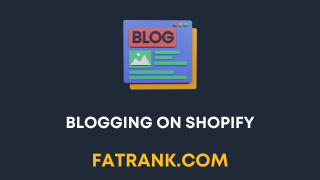
- Can you change the Shopify URL Structure?
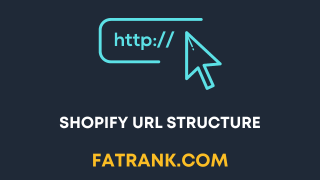
- Common Shopify SEO Issues
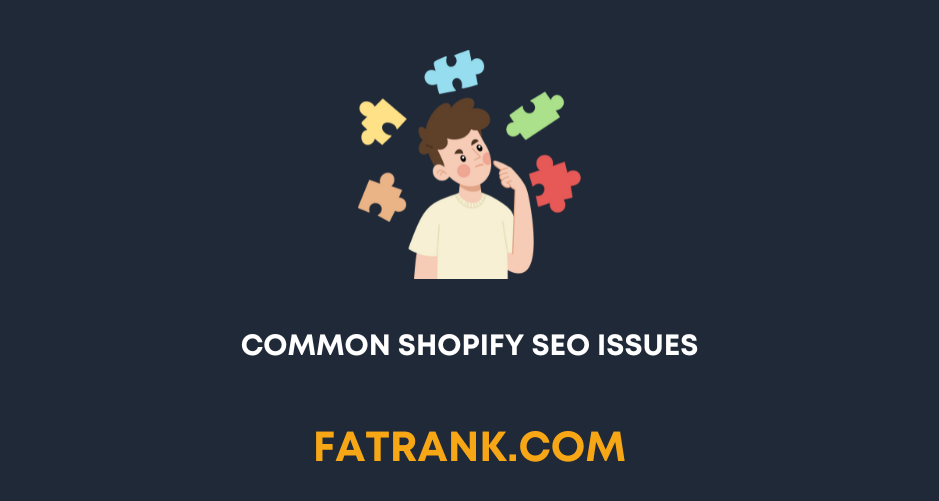
- Does Changing the Shopify Store Name Affect SEO
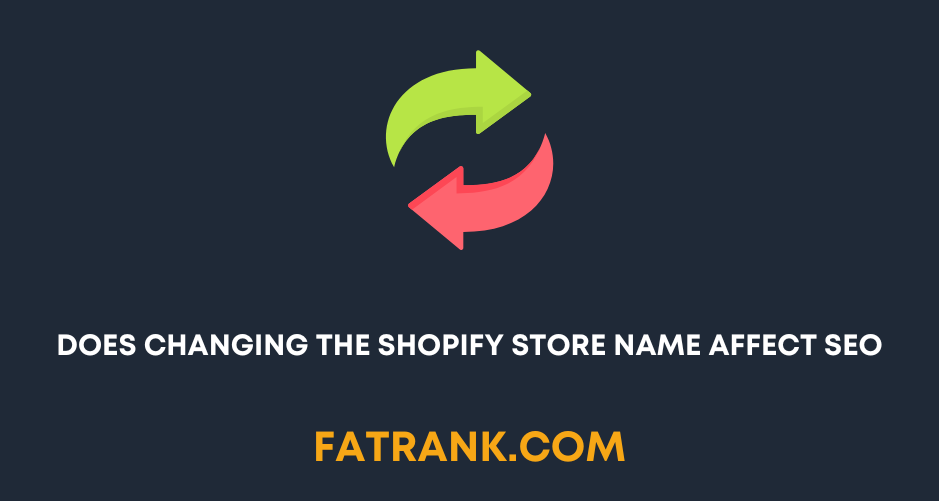
- Guide On Using Metafields In Shopify

- How Much Does Shopify SEO Cost

- How To Add Content To Shopify Collection Pages

- How To Add Keywords To Your Shopify Store For SEO
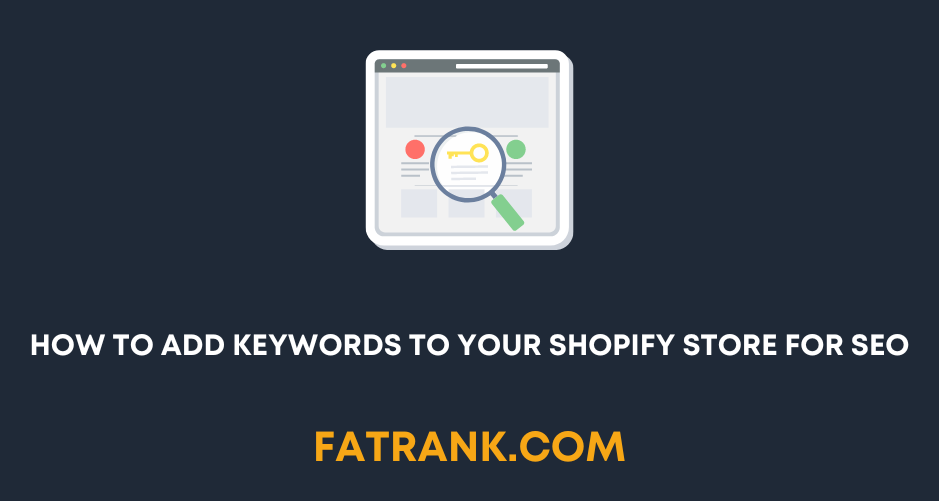
- How To Remove Duplicate Titles From Shopify Store
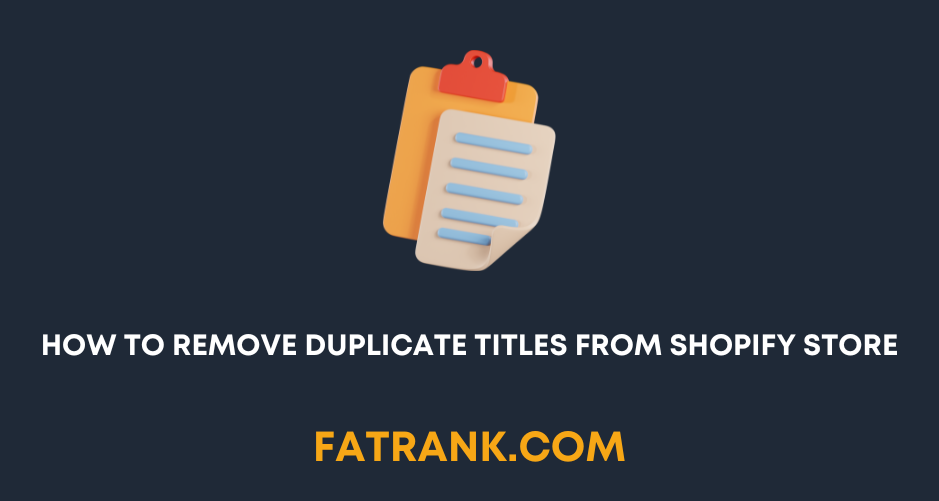
- How to Set up Multiple Shopify Stores Under One Domain

- Improving Search in Shopify Plus
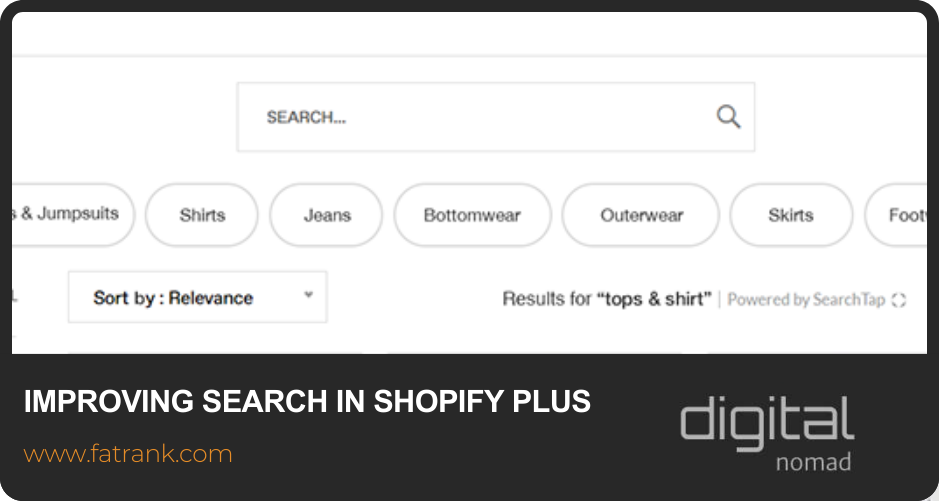
- Is Shopify bad for SEO? A Detailed Review
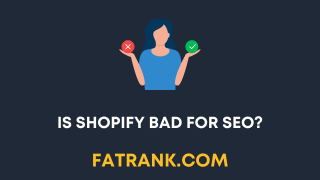
- Keyword Research for Shopify Stores

- Link Building for Shopify: Full Tutorial
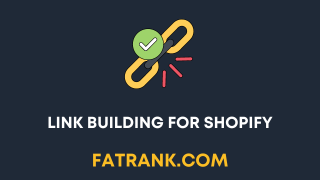
- Shopify Breadcrumbs SEO Issues

- Shopify Collection Page SEO: The Definitive Guide

- Shopify Image Optimization: Speed & SEO Guide
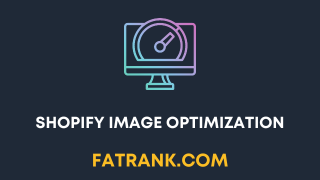
- Shopify International: Multi-Currency & Multilingual Setup
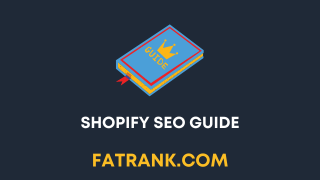
- Shopify On Page SEO Tutorial
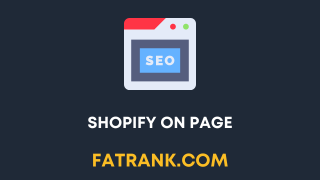
- Shopify Plus SEO

- Shopify Plus SEO: Potential Limitations

- Shopify Product Tags SEO: Why It's Bad & How To Fix It
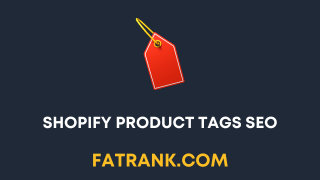
- Shopify Rich Snippets Tutorial: No App Needed

- Shopify SEO Agency
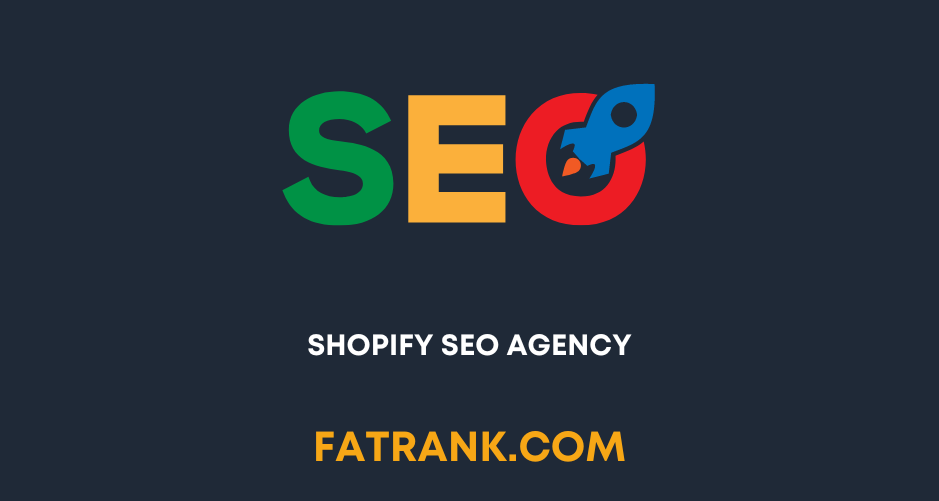
- Shopify SEO Case Study
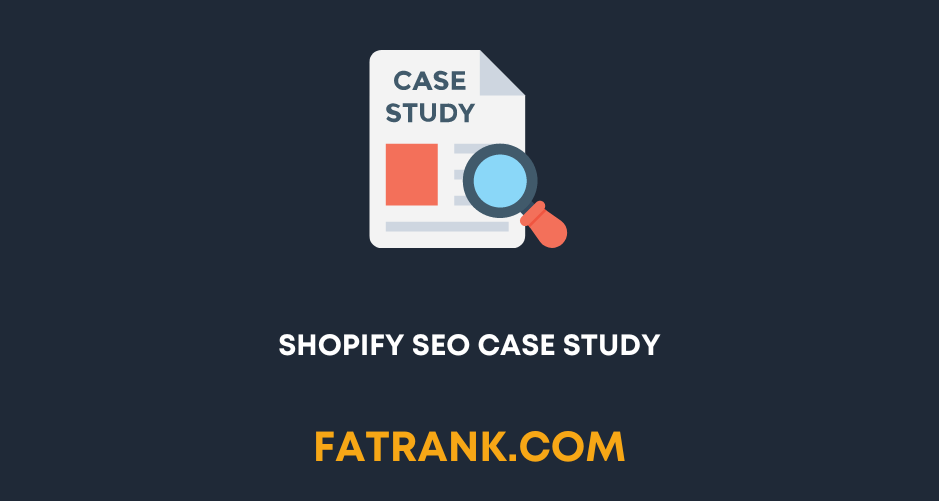
- Shopify SEO Checklist
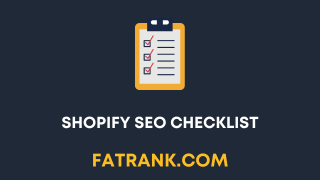
- Shopify SEO: The Definitive Guide

- Shopify Sitemap: Find & Submit Your XML Sitemap to Google
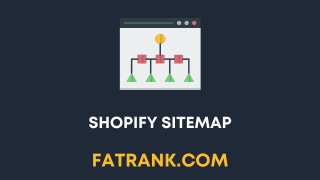
- Shopify Speed Optimization Guide
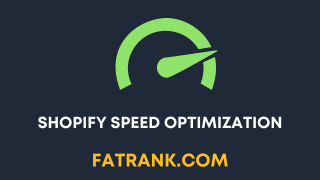
- Technical SEO for Shopify
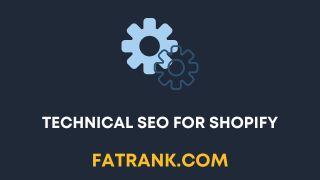
- Why Is No One Buying From My Shopify Store
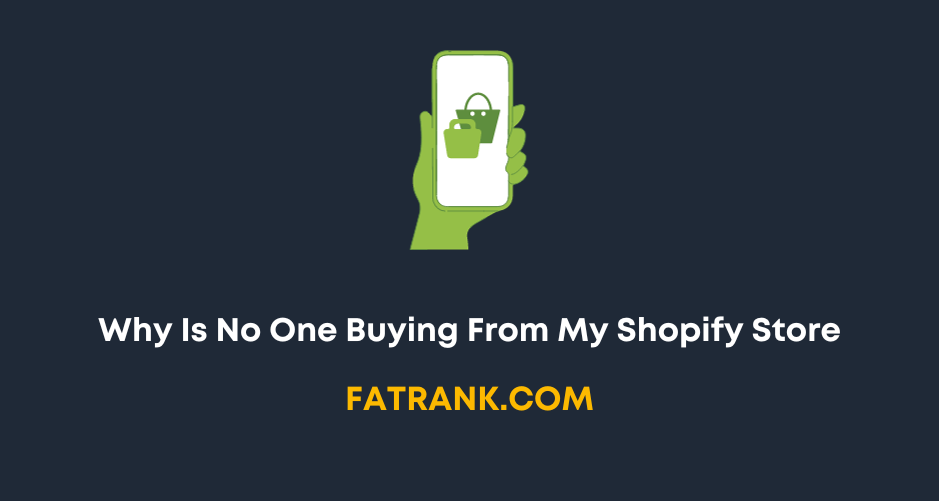
- Workarounds for the Shopify Variants Limit


About FatRank
Our aim to explain and educate from a basic level to an advanced on SEO and Social Media Marketing.
